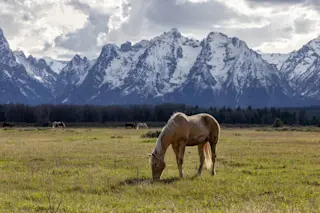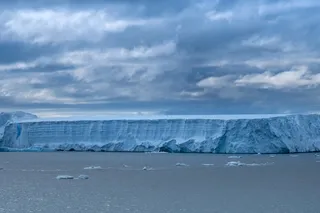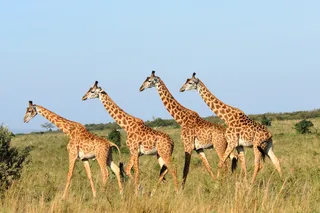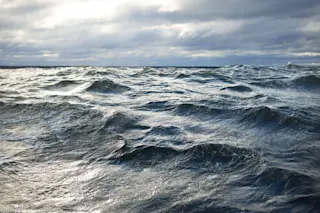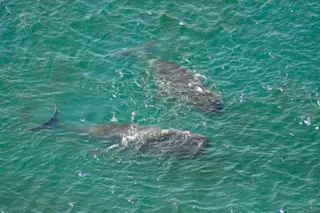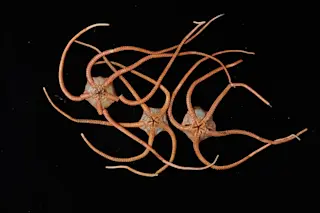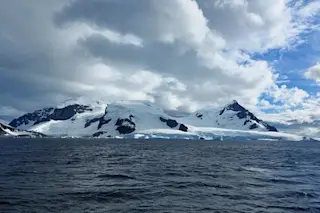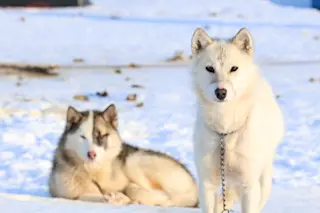Horses migrated back and forth repeatedly between North America and Eurasia, during the Late Pleistocene. But when a warming environment flooded a land bridge, it cut off travel between the continents, leading to both the decline of the horses in North America and changes to the land caused by their absence, according to a report in the journal Science by an international team that includes 18 indigenous scientists.
The team drew upon both tribal knowledge of environmental events as well as the cutting-edge scientific tools. The study both provides a glimpse of the horse’s history on two continents as well as ways to think about conservation in the future.
Grazing and Roaming Horses
Horses, when unfenced, tend to graze in a flower petal pattern around a water source. When the food runs out, they move on to another area and repeat the process. Along the way, they do what horses do — fertilize the land. Horse droppings often contain seeds and attract bugs. Some seeds grow into plants. Some bugs attract animals. When the horse disappears from an area, this process stops.
“In this way, the horse is not only responding to change, it is also actually part of the change,” says Yvette Running Horse Collin, a member of the Lakota Nation, a scientist at the University of Toulouse, France, and an author of the paper. “If provided the opportunity, you would find that horses today would also move great distances in response to changes in the environment. In doing so, they provide a great service to all life. Where the horse goes, other life follows.”
Read More: Ancient DNA Illuminates the History of Horses in the Americas
Ancient Horse Fossils
Horses were both agents and objects of change over the past 50,000 years. The scientific team analyzed genomes from 67 ancient horse fossils found across Beringia, Siberia, and continental North America, dated them with radiocarbon and isotopes, and compared the data to all known lineages.
The study reveals a wider range of horse genetic diversity during the late Pleistocene period than we see today, as well as long, bi-directional transcontinental migration. For example, some lineages found in Siberian and Iberian fossils show genetic traces of North American horses.
The study suggests that not only did the closing of the bridge between continents affect the North American horse population, but other effects of warming made an impact as well. As eras shifted from Pleistocene to Holocene, grasslands turned to wet, boggy tundra unsuitable for horses to graze and difficult for them to travel upon.
Read More: Why Did Ancient Humans Start Riding Horses?
Climate and Geological Change
The authors emphasize that the study shows the necessity of looking at whole systems, not just an individual species to understand the past impacts of climate and geological change. The same applies to future conservation efforts.
“In order to have successful conservation efforts for the horse, you must also put in place successful conservation efforts for other forms of life," Collin says. “It is for this reason that one of the research outcomes of this study is to suggest the creation of corridors that would allow life to move — together — as needed."
Some tribes involved in the study intend to put those concepts into practice in the Black Hills of South Dakota. They will provide scientific measures of those efforts and intend to share the results with the wider scientific community.
Article Sources
Our writers at Discovermagazine.com use peer-reviewed studies and high-quality sources for our articles, and our editors review for scientific accuracy and editorial standards. Review the sources used below for this article:


